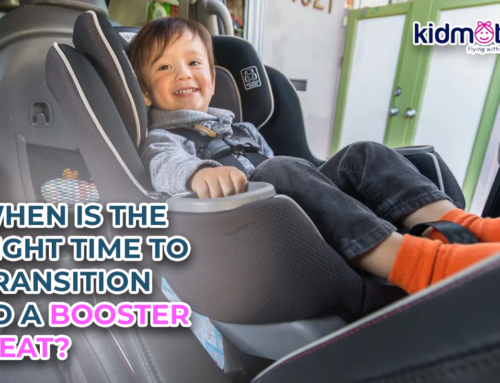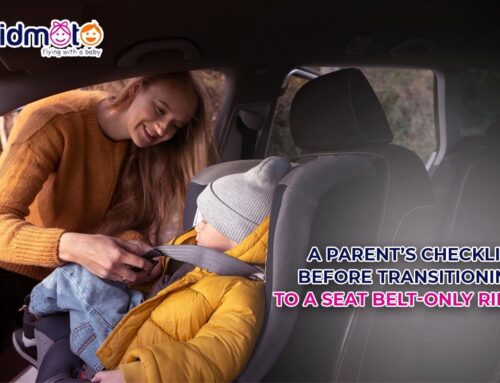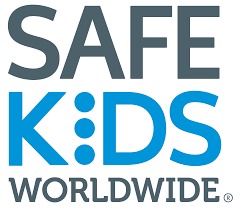Your Ultimate Guide In Choosing Car Seats For Children
Buying car seats for children is an essential safety measure that parents must focus on. Statistics have shown that installing the proper safety seat for your child can reduce the likelihood of car accident fatalities by 71%.
Given the significance of this decision, it is crucial to get it right. Unfortunately, the pressure of making the correct choice can overwhelm new parents.
We have created a comprehensive guide to simplify choosing and buying child car seats to alleviate this pressure. Our guide focuses on the essential factors to consider, avoiding excessive information that often leads to confusion.
This article aims to demystify the choice of car seats and serve as a reference for a lifetime rather than a one-time guide.
Selecting the correct car seat goes beyond simply installing it in your vehicle. It involves accurately identifying different seats and understanding their functions, limitations, and crucial attributes. This knowledge is vital to ensure your child’s safety, even when traveling in a rental car equipped with a child seat.
So, which car seat should you choose?
Our guide takes a straightforward approach based on your child’s height and weight. Let’s dive in!
Infant Car Seat
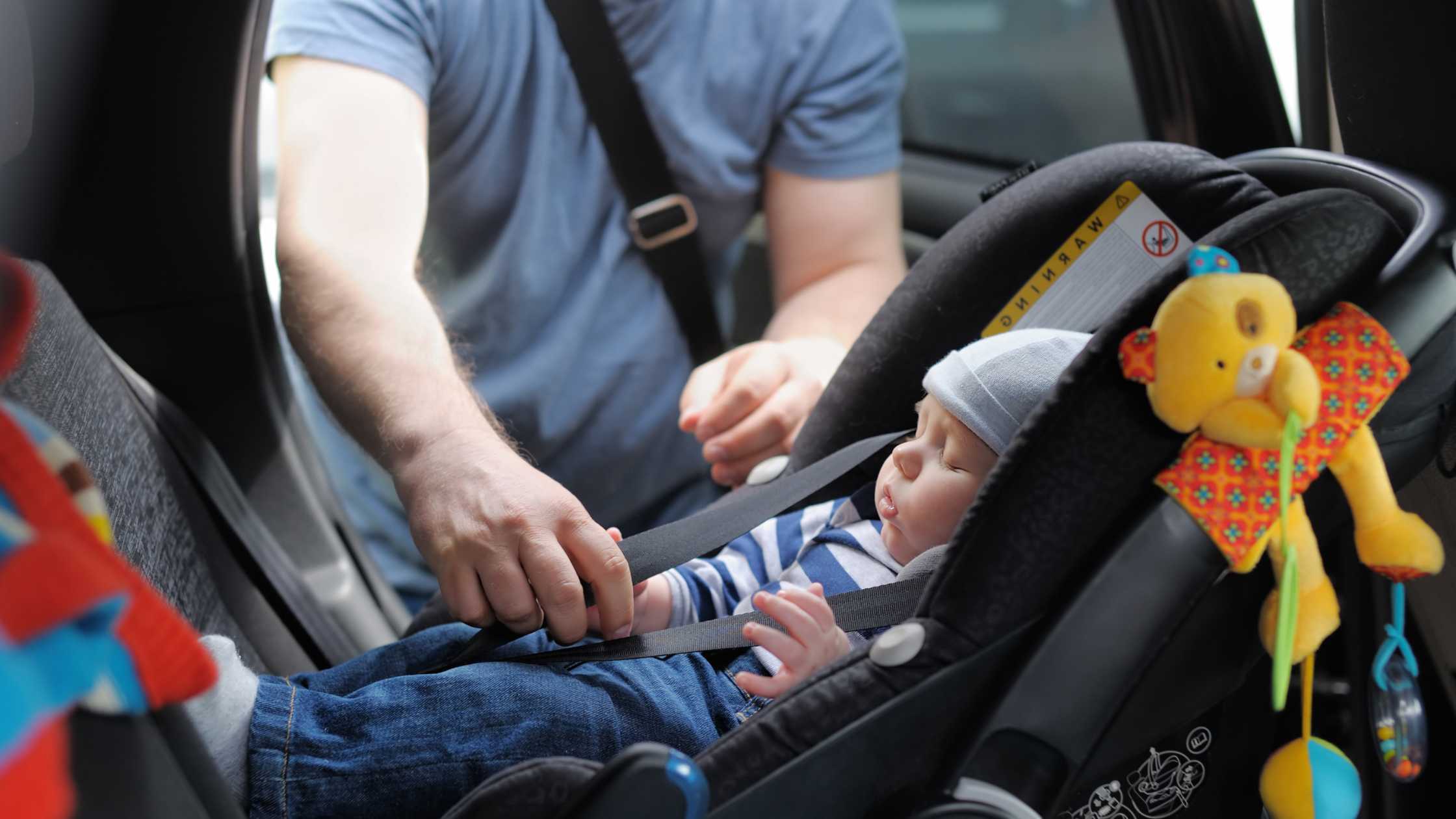
Newborn and infant car seats are rear-facing and are usually smaller in size. They often come with a base that can be directly installed in your car, providing an added layer of safety. While the seat can be easily exchanged, the base remains fixed in the vehicle.
Most infant seats are suitable for children weighing between 4 to 15 pounds. Determine your desired capacity, as different brands and models have varying specifications.
However, it is more common for a child to outgrow the seat’s height limit before reaching its weight capacity. To ensure a proper fit, pay attention to the height markers on the seat or check if your baby’s head is less than an inch from the carrier shell.
Carefully note these transition markers are crucial to ensure your child is in the most suitable seat. Buying a convertible seat too early may result in placing your child in a seat that is too big for them, compromising their safety.
Convertible Seat
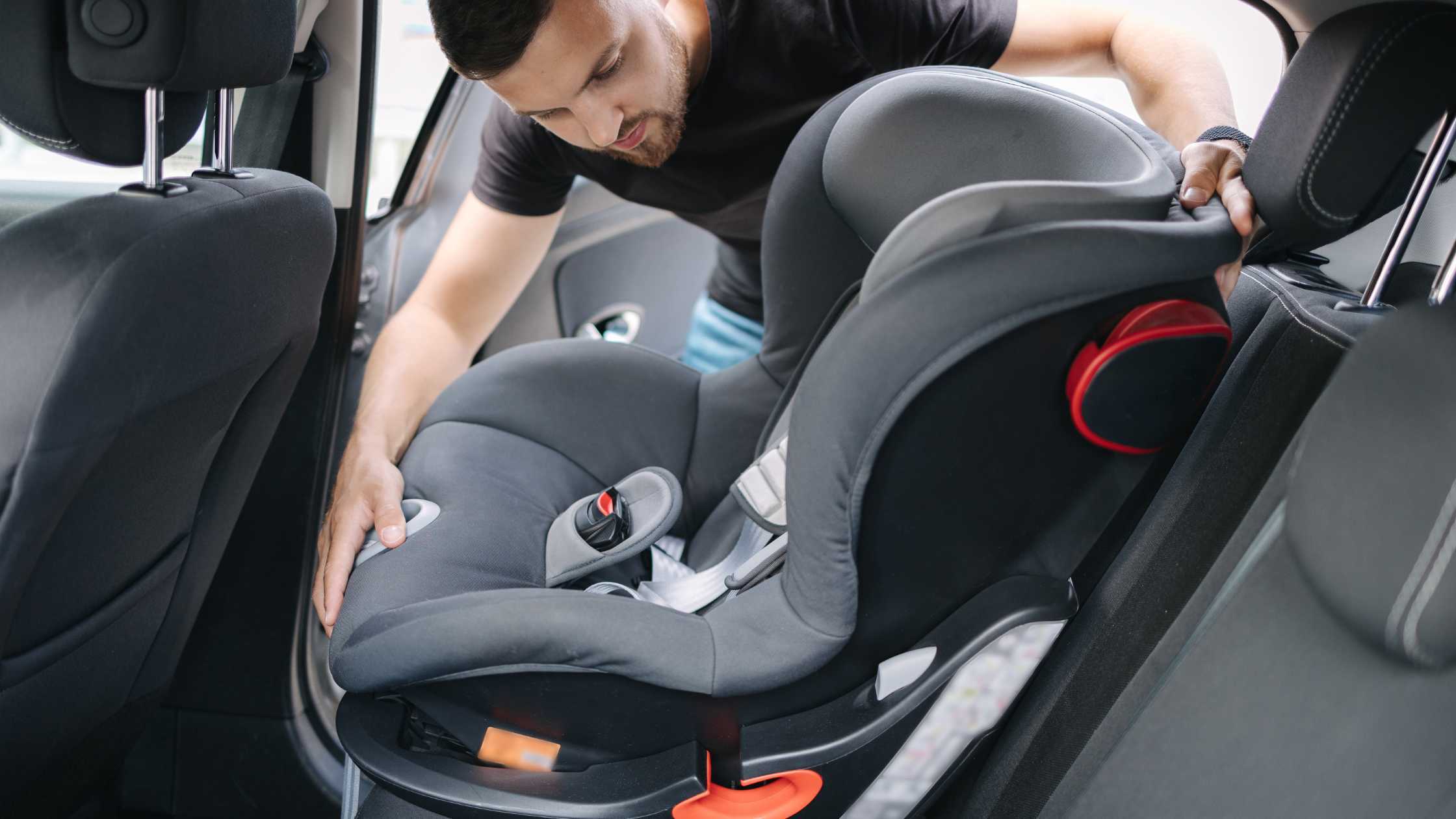
Before your child turns one, it is advisable to consider buying a convertible seat. This seat can be used in both rear-facing and forward-facing orientations. Its harness system offers a similar level of safety to an infant seat, with a weight capacity of up to 50 pounds, depending on the brand and model.
The higher weight capacity of a convertible seat lets you keep your child in the rear-facing position even as they grow heavier and taller. This is aligned with the recommendation of the American Academy of Pediatrics, as some states have strict regulations requiring rear-facing seats for children up to 2 years of age. So choosing a convertible seat with the highest weight capacity is best.
While some brands may consider it acceptable for 1-year-olds to face forward, professionals do not recommend it. Certain states even prohibit parents from placing their children in forward-facing seats at such an early age.
Once your child reaches two years of age, they will likely outgrow the rear-facing configuration. This is when the versatility of a convertible seat comes into play, as it can be easily converted into a forward-facing seat. In this position, it can accommodate children weighing up to 65 pounds.
Considering these factors, experts suggest using an infant car seat that is rear-facing by default for newborns. This ensures ideal safety and comfort features for your little one. Some convertible seats may not be suitable for newborns, as they lack necessary head support or other vital parts for an infant’s safety.
Booster Seat
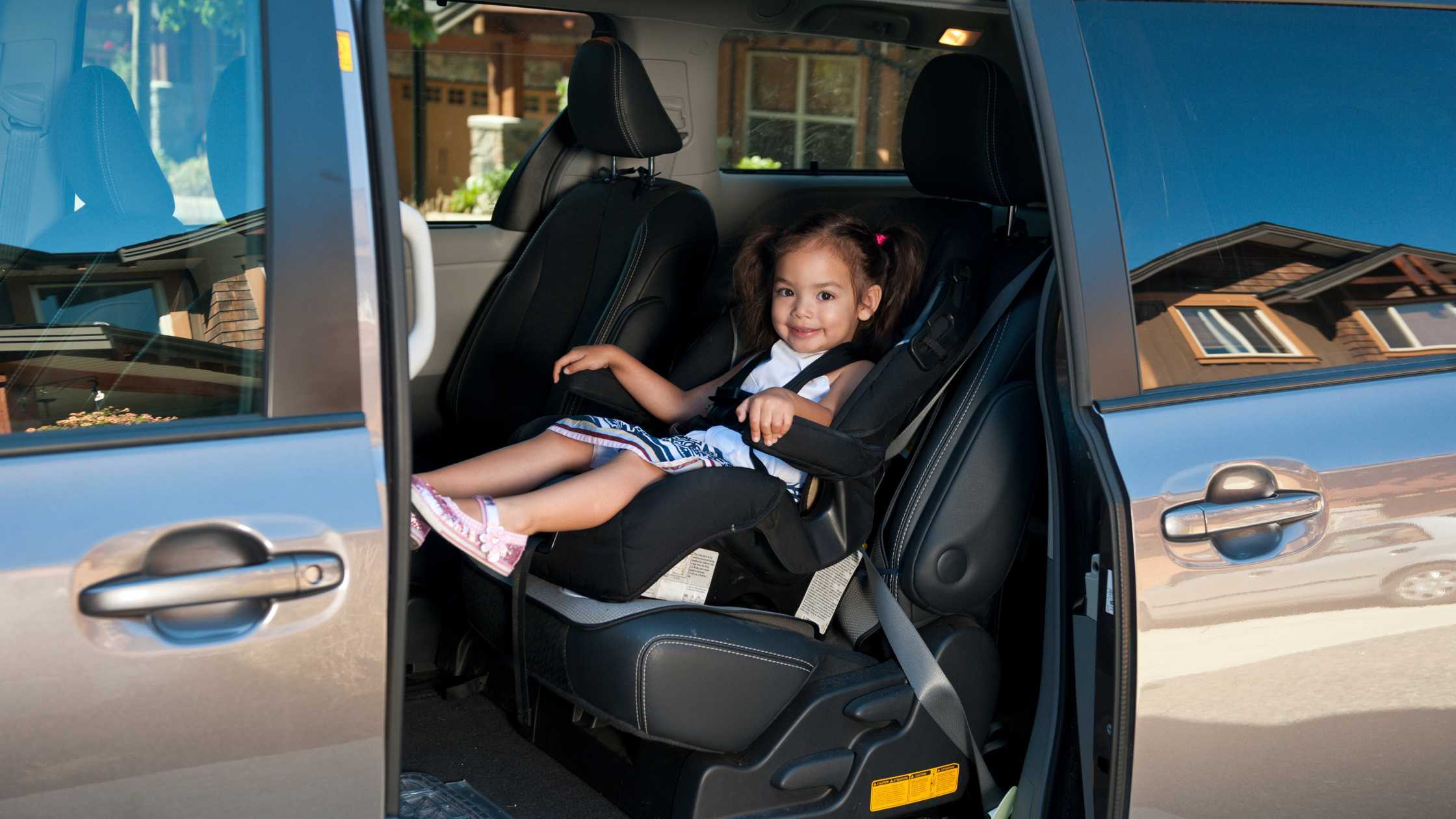
As your child approaches the weight limit of a forward-facing seat, it is time to transition to a booster seat. Boosters use the car’s seat belt, letting your child be positioned at a higher level and providing them with comparable protection to adults.
When using a booster seat, the seatbelt should rest over the sternum at the center of the collarbone. The lower part of the belt should be positioned at the upper thigh instead of the abdomen.
Once your child reaches about nine and weighs up to 80 pounds, you can transfer them to a booster seat. These recommendations align with the requirements specified in state laws.
There are two types of booster seats: backless and high-back. Which one should you choose? The high-back booster seat is generally considered the better option for two reasons. First, its design ensures ideal shoulder positioning and protects against potential side impacts. Second, it lets children comfortably rest their heads on the side.
More Child Safety Seat Options for Parents
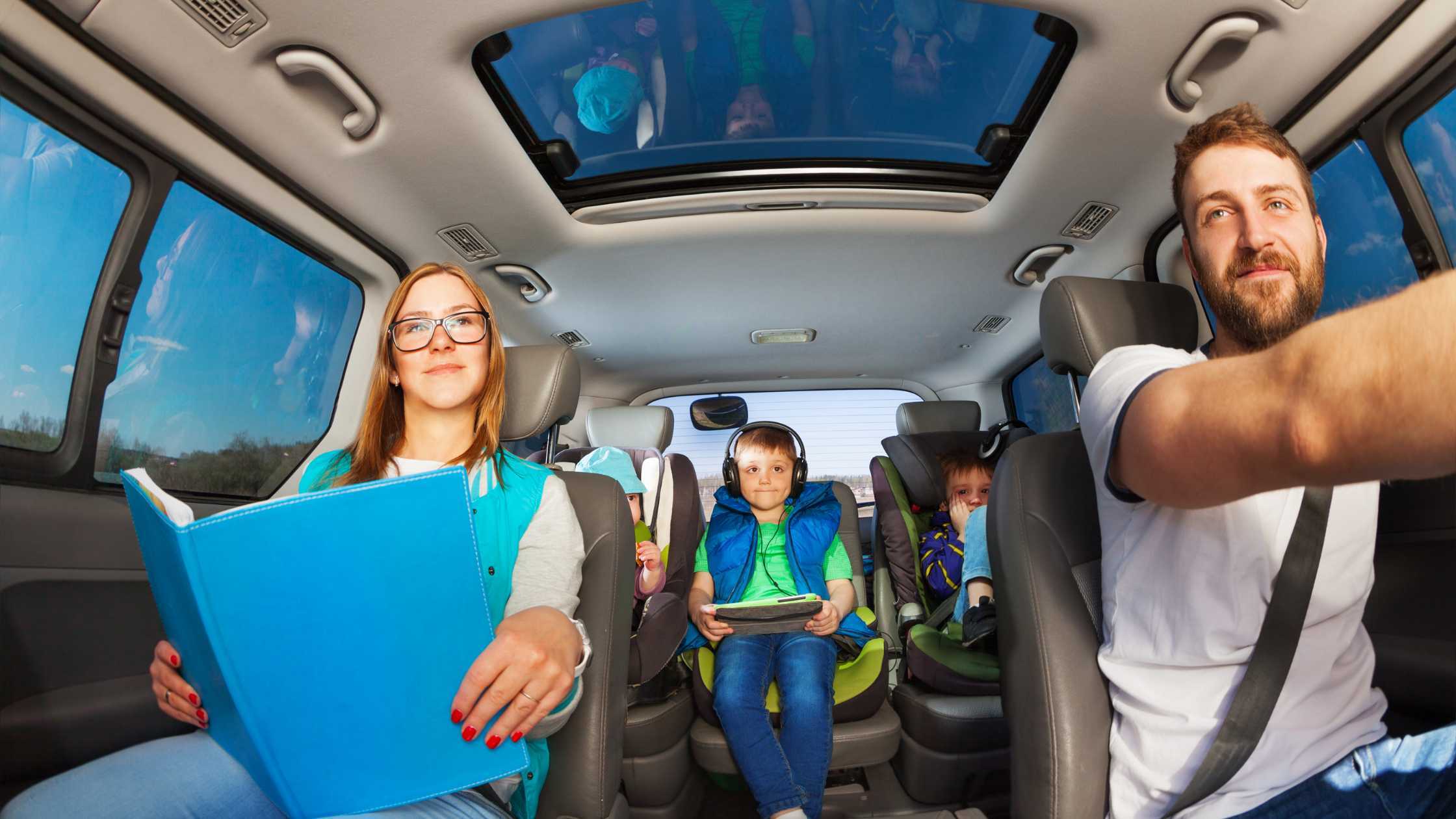
Now that we have covered parents’ fundamental options, let’s explore other seat options that may cater to your needs.
All-in-One Car Seats
Imagine having a single seat encompassing all the features for your child’s car safety needs. All-in-one car seats provide just that. Instead of buying multiple seats as your child grows, you can invest in an all-in-one seat that caters to various stages of their development.
The idea behind all-in-one car seats is to provide a single seat that can be used from the beginning. While this may save money, it may not be an ideal option for infants, toddlers, and children ready to transition to booster seats as they progress through various stages.
All-in-one car seats have an impressive weight capacity range, from as low as 4 pounds (suitable for newborns) to 130 pounds for booster seats. In their forward-facing configuration, these seats can accommodate children weighing between 20 and 65 pounds, which is impressive.
However, there are considerable drawbacks to consider. All-in-one car seats are larger and heavier than single-purpose models because they aim to fulfill multiple roles. They lack a detachable carrier and may not fit smaller babies best.
Due to their larger base size, they may not fit well in smaller cars, which can be problematic for first-time parents. Still, they can be a suitable choice as a reserved seat or in a rental car where the ages of the children using the seat may vary from one trip to another.
Toddler Booster
The toddler booster seat is designed for children of a specific age, weight, and height ready for forward-facing seats. It includes a harness that can be removed to convert into a booster seat, capable of securing a child weighing between 30 and 120 pounds.
Compared to convertible seats, the toddler booster seat is more cost-efficient, provided the child meets the age and weight requirements for forward-facing safety seats. The toddler booster can be a better option than standalone boosters or transition seats, as it is versatile enough to serve both functions effectively.
More Tips for Choosing Car Seats
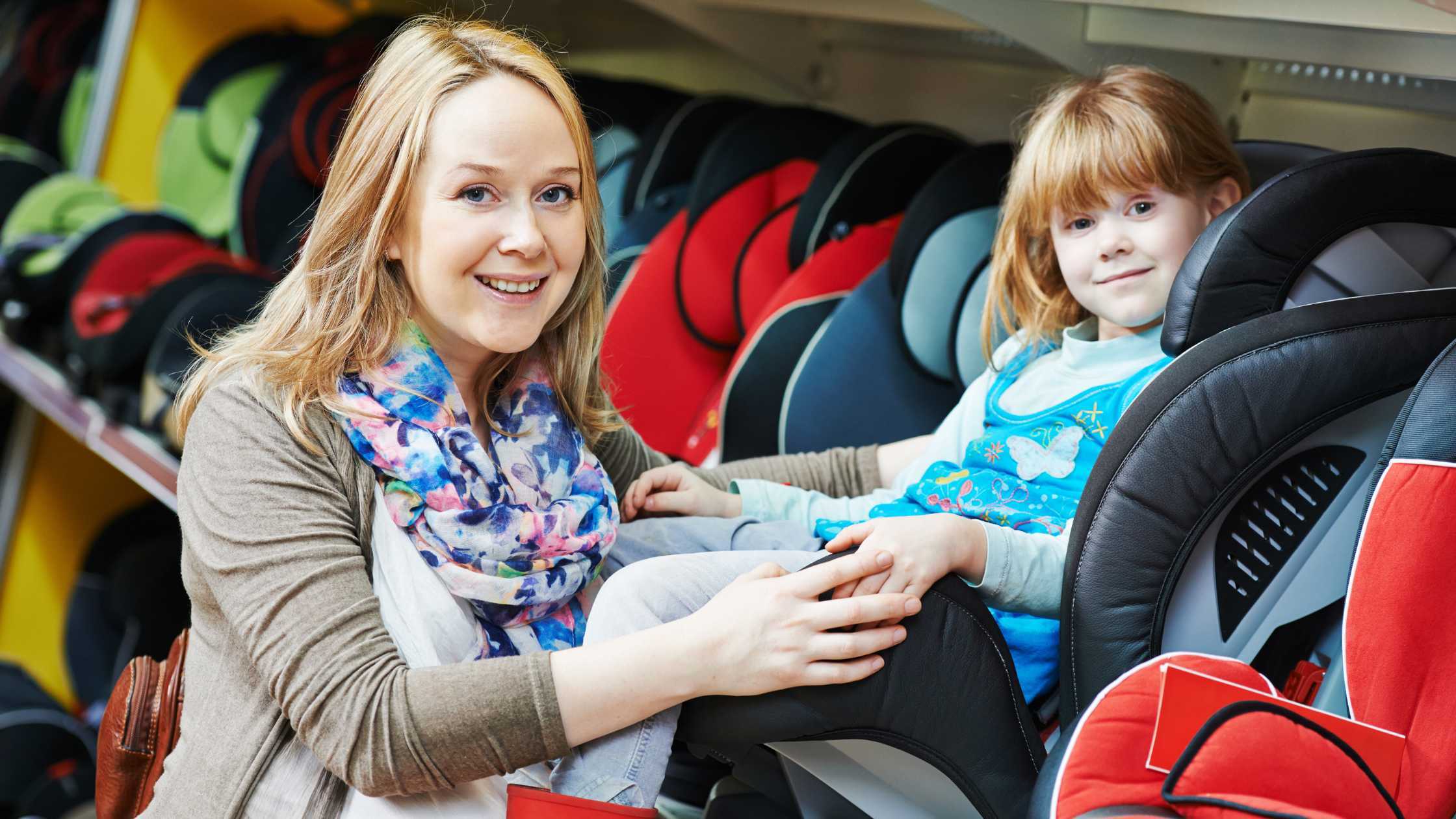
The National Highway Traffic Safety Association (NHTSA) reports that about 90 percent of parents and caregivers install car seats incorrectly. While these child safety seats offer reliable protection, they can pose significant safety hazards if misused.
Here are considerations to ensure proper installation and use of your chosen car seat:
- Choose the proper car seat type based on your child’s age, height, and weight.
- Ensure a secure car seat installation, ensuring it does not move in any direction. Check, tighten, recheck, and repeat this process until the seat is firmly in place. Although it may be a challenge, patience is vital.
- Check the height of the harness. For rear-facing seats, the straps should be at shoulder level or below. The harness should be positioned above or at the child’s shoulder for forward-facing seats.
- Verify that the harness is tightly secured. You should not be able to move the shoulder straps freely or pinch the fabric of the straps.
- Confirm that the recline angle of a rear-facing seat is correctly set and well-secured. Any movement forward during transit can obstruct your child’s breathing.
Traveling with Car Seats
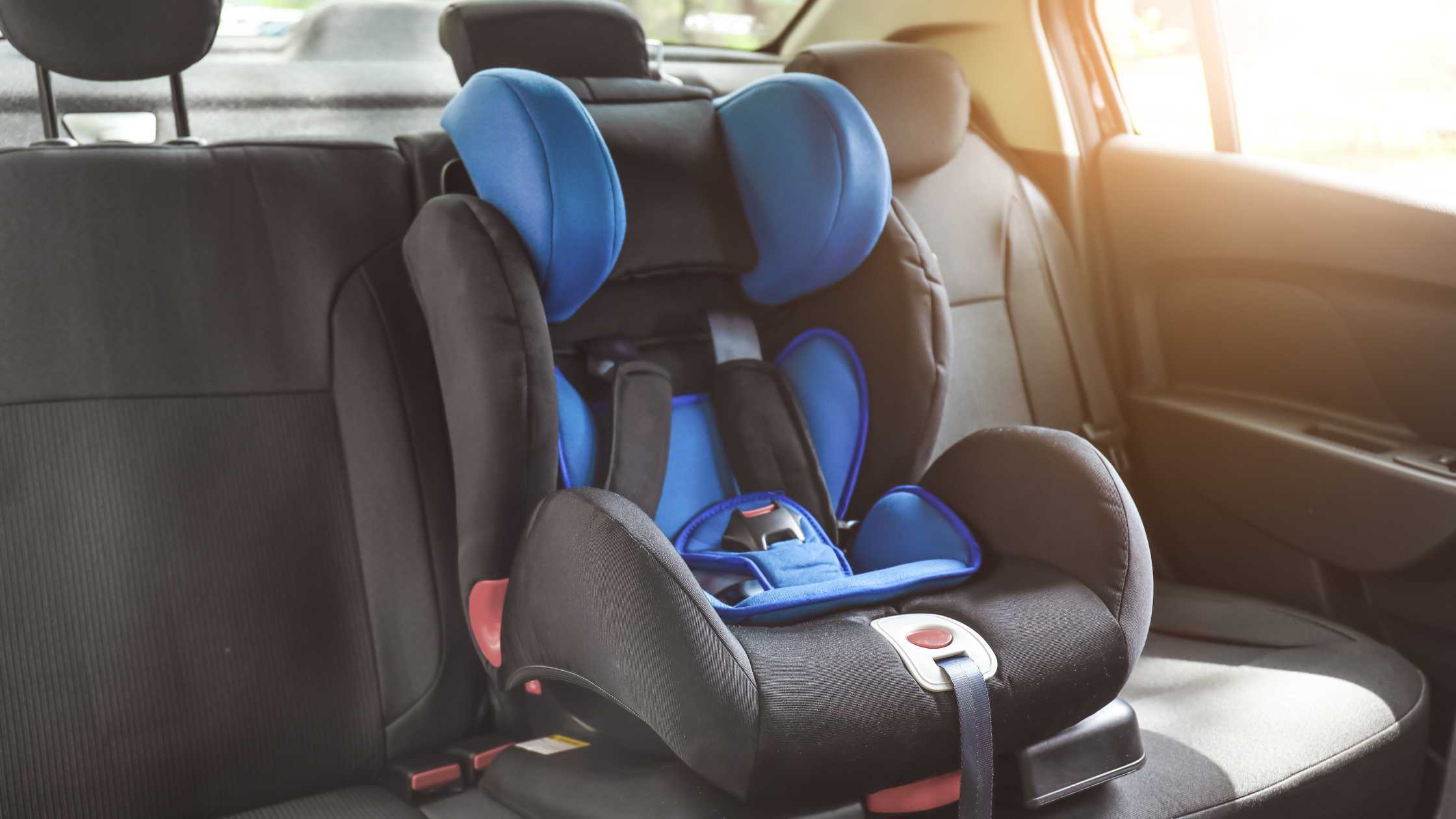
Using taxis, rental cars, or transportation services via traditional booking channels or mobile apps might be the only safe option when traveling with your child. However, it is essential not to compromise on safety because you are in a different city and not using your car.
To help you during your travels, here are some car services in the US that offer child seats in their vehicles, providing parents with peace of mind:
Lyft
Lyft lets traveling parents book a ride with a forward-facing car seat, known as “car seat mode.” This add-on feature, available with some Lyft drivers for an extra fee, applies to children at least one year old, weigh between 22 and 48 pounds, and are at least 31 inches tall. However, this service is not available in all markets.
Uber
Uber, a well-known app-based transportation service, also offers forward-facing car seats. To ask for one, simply open the Uber app, select UberX, and tap “car seat” in the options menu at the bottom of your mobile device’s screen. Like Lyft, Uber’s car seats can accommodate children at least one year old, weigh between 22 and 48 pounds, and have a height ranging from 31 to 52 inches. Remember that an additional fee will be added to your original trip booking amount for this service.
Yellow Cab
While taxis are readily available in many cities, they rarely provide child safety seats, a significant concern for parents traveling with their children. Although hailing a cab might be convenient, it is vital to understand that taxis are not a safe option for your baby, especially if you have more than one child.
Car Sharing
Several car-sharing services operate in the US, but being specific about your destination is essential as some services are limited to certain areas. Additionally, booking in advance is often necessary, especially if you require multiple installed seats. Car sharing provides convenient access to various vehicles, increasing the availability of car seats for your child’s safety.
Remember, ensuring your child’s safety while traveling should always be a priority, despite the mode of transportation you choose.
There are many car-sharing services available throughout the United States. When using these services, it is essential to specify your desired destination, as some only operate in specific areas. Additionally, it is advisable to make your booking at least one day in advance to ensure a smooth experience. This is crucial if you require multiple installed seats.
A significant advantage of car sharing is the wide range of seats available, catering to infants, toddlers, and children weighing up to 80 pounds. The surcharge for these seats can be more affordable than app-powered car-sharing services.
However, these car-sharing services cannot guarantee the proper installation of child safety seats. It is your responsibility as a user to inspect the quality and correct car seat installation.
Local Black Limousine
Certain local black limousine companies in the United States may offer the option to book a car with child seats. However, the car seats are rarely installed and are often improperly placed. If you are uncertain about the car seat you need, you can contact the company to discuss your child’s weight and height, hoping they can accommodate your requirements.
Whether you require a forward-facing seat for your toddler or a backless booster for your 9-year-old, it cannot be guaranteed these companies will install or provide the correct car seats. It is essential to be prepared with the funds for the seat surcharge, as the actual cost may vary between companies. Focusing on advanced booking days before your trip is also highly recommended.
Shuttle Services
Typical shuttle services found at US airports are rarely designed to cater to children’s needs. While some shuttle services specialize in child safety, most cannot provide safety seats. This can be problematic, especially when traveling with the entire family and multiple children.
However, it is possible to find shuttle services at airports that do offer child seats. Conducting online searches can help you discover multiple options. Additionally, booking in advance is imperative, as it is typically a requirement for such services.
Being willing to go the extra mile to ensure your children’s safety is crucial. Communicate the number of seats you require, remembering these services may be more expensive compared to regular shuttle services.
Child Safety and Car Seats
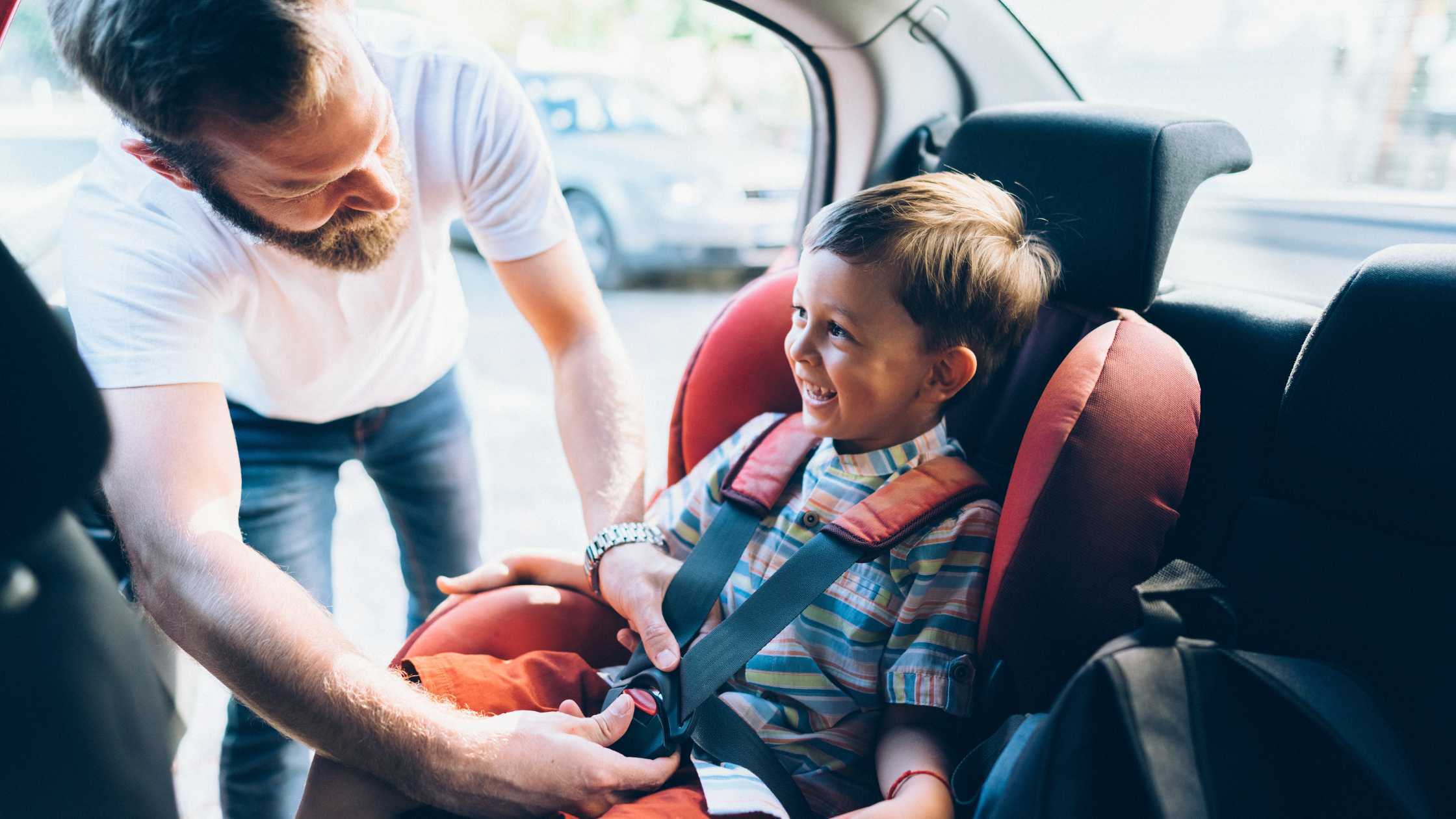
As for child safety, nothing is more important than the proper use of car safety seats. As a parent, you must familiarize yourself with the different seats and know when to use them as your child grows up appropriately. This knowledge extends beyond the seat installed in your vehicle.
This guide emphasizes the importance of understanding child seats, even when booking car services for travel purposes. Armed with this knowledge, you will know what questions to ask and how to check for installed child safety seats.
Choose Kidmoto for Your Family Travels
When traveling with children, ensuring their safety on the road should be your foremost concern. Kidmoto is an excellent choice as a dedicated transportation service that provides families with safe, comfortable, and convenient rides.
One of the critical advantages of choosing Kidmoto is its unwavering commitment to safety. Their car seats undergo rigorous NCAP testing, ensuring every ride with Kidmoto adheres to the highest safety standards.
Convenience and peace of mind are integral to the Kidmoto service. They operate in 46 cities across the United States, making their services easily accessible to families in their location. Kidmoto drivers are trained to install car seats, alleviating concerns about incorrect installation or harnessing.
By choosing Kidmoto, families can travel confidently, knowing that their child’s safety is in capable hands. Booking a ride is simple and hassle-free with the user-friendly Kidmoto App. Simply download the app from the Google Play or Apple App Store or visit www.kidmoto.taxi. In a few taps, you can ask for a free quote and book a professional car service equipped with car seats, ensuring a convenient and safe travel experience for your family getaways.

